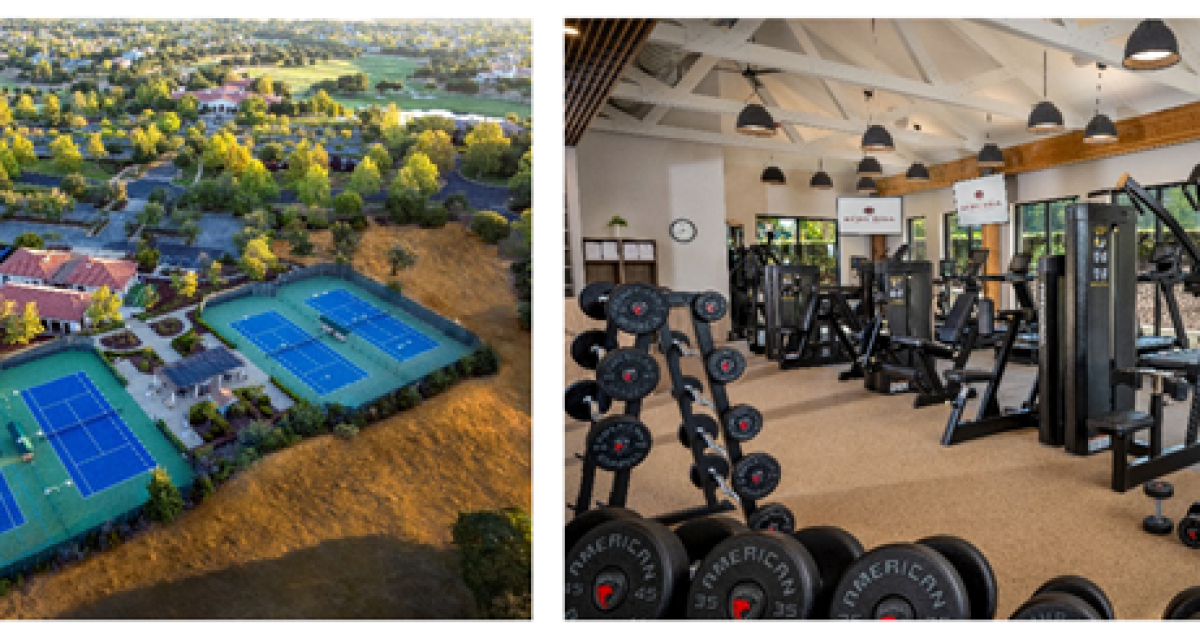Sports
Women’s Sports Merchandise At $4B, Revealing Missed Earning Potential

INDIANAPOLIS, INDIANA – MAY 01: Caitlin Clark #22 of the Indiana Fever poses for a photo at … [+]
The women’s sports merchandise market has seen a significant rise, hitting an estimated $4 billion in the U.S., based on data from Klarna and Sports Innovation Lab (SIL). As women’s sports continue to reach new revenue milestones—evident in the growth of the WNBA, NWSL, and international competitions, alongside increased investments—fans are eagerly demanding a broader and more accessible range of merchandise. However, supply has consistently fallen short, underscoring a persistent challenge in the sports merchandise market and representing a huge missed opportunity for potential earnings.
Most recently in the WNBA, the Indiana Fever released Caitlin Clark’s 2024 WNBA All-Star Game Swingman Jersey in black and pink colorways for $130. Both versions of the No. 22 jersey sold out within 15 minutes, and the team confirmed there would be no restock. Following her selection as the No. 1 pick in the WNBA Draft, most sizes of Clark’s jersey sold out on Fanatics within an hour. According to Fanatics CEO Michael Rubin, Clark now holds the record for the highest-selling jersey on draft night across all sports.
High Demand, Low Supply
LYON, FRANCE – JULY 07: (EDITORS NOTE: Image has been digitally enhanced.) Megan Rapinoe of the USA … [+]
Following the FIFA Women’s World Cup in 2023, there was an unprecedented surge in demand for jerseys, particularly national team goalkeeper jerseys, which Nike and other retailers had not anticipated. The English National Team goalkeeper Mackenzie Arnold’s jersey sold out online within minutes of its release. When the Nike jersey became available through the Football Australia website in February, it quickly disappeared in both men’s and women’s sizes, with reports indicating it sold out within just five minutes. Fans across women’s soccer have long voiced frustration over the limited availability of goalkeeper jerseys, often contrasting it with the plentiful supply of men’s goalkeeper kits.
Nike’s decision to exclude Mary Earps’ jersey from the 2023 Women’s World Cup merchandise lineup, which featured only field players’ home and away shirts, shorts, and socks, faced backlash from both fans and Earps herself. In response to the widespread criticism and high demand, Nike made the jersey available for purchase on the FA website two weeks later. The Earps jersey sold out rapidly.
In 2019, Nike earnings report highlighted the disparity, revealing that the USWNT 2019 stadium home jersey became the best-selling soccer jersey—men’s or women’s—ever sold on Nike.com in a single season. Fanatics reported that this jersey was the top-selling U.S. Soccer national team jersey, with sales surging by over 500% compared to the same period in 2015.
The Buying Experience
LAS VEGAS, NEVADA – JULY 16: A’ja Wilson #22 of the Las Vegas Aces presents Usher with a jersey … [+]
Sports Innovation Lab’s recent study, Rep Her: Revealing the Unmet Demand for Women’s Sports Merchandise, explored the landscape of women’s sports merchandise through fan surveys, Klarna purchasing trends, transaction data analysis, and Google trends. The findings reveal that women’s sports fans are seeking equality both on the field and in their merchandise.
- Increased Merchandise Availability: 79% of fans expressed that they would buy more merchandise if a greater variety of options were available.
- Wider Selection Needed: Women’s sports merchandise buyers are 60% more likely to encounter difficulties finding their preferred style compared to buyers of men’s sports merchandise.
- Leagues’ Opportunity: 67% of respondents who purchased women’s sports merchandise did so directly from teams and leagues, indicating a strong potential for leagues to capitalize on this demand.
The study prominently points out problems with the purchasing experience, noting that the rise in popularity of women’s sports has led to a distinct buying pathway compared to men’s sports. According to the study, “Unless the demand for women’s sports is assessed beyond just sales figures and investment in women’s sports assets increases, the market will continue to face challenges, and the business case for women’s sports will remain weak under conventional metrics.”
The study recommends that to make meaningful progress, the industry must not only increase supply, but rethink and improve the purchasing experience for women’s sports fans, which will subsequently enhance sales metrics. This approach not only has the potential to address the current gaps in both earnings and supply within the sports merchandise sector but also to cultivate a thriving market that mirrors the expanding enthusiasm and development in women’s sports.










